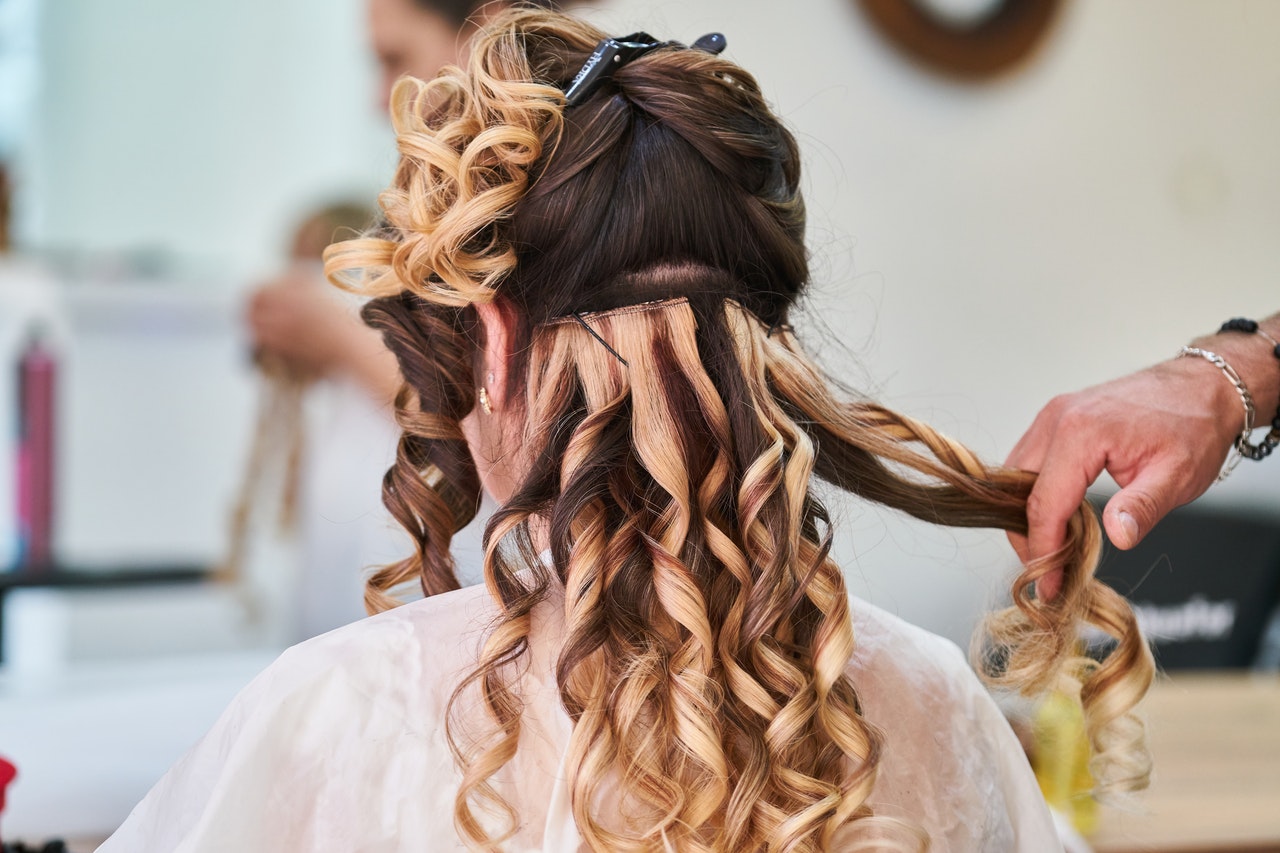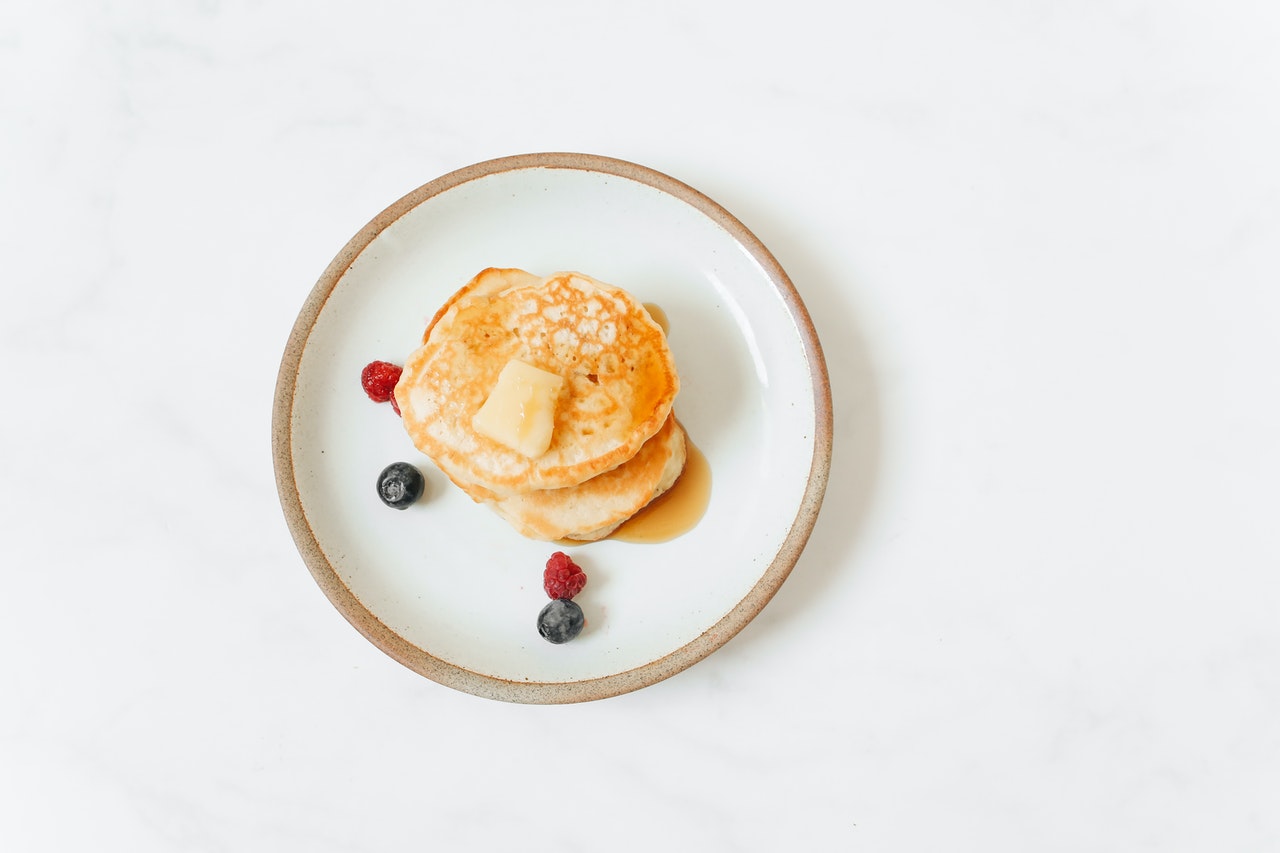
Because your hair has changed doesn’t mean you’re doomed to an endless procession of bad hair days. By following these simple tips for getting your best hair no matter your age—whether you’re 40, 50, or even 60—you’ll look like you just stepped out of the salon, seven days a week.
1. Go in for a trim every six weeks.
Because hair tends to get more brittle as you age, split ends are a practical inevitability over 40. With that in mind, it’s a good idea to start actually adhering to those suggestions about just how often you should be getting your hair trimmed—and fortunately, since most people hit their financial peak in their 40s, it might finally be doable to see your stylist every six to eight weeks.
2. Get the right cut for your face.
The cut that looked amazing on you in your 20s may not be as face-flattering when you’re 55. If you’re over 40, have your haircut reevaluated every few years to take into account changes in your face, like fat loss or a loss of elasticity in your skin, that could be unnecessarily highlighted by your old cut.
3. Maximize shine with a gloss treatment.
If you’re seeking shiny hair, it’s time to talk to your stylist about a gloss treatment. “If you feel your hair has no luster, I would highly recommend a glazing or a gloss, whether it be natural, meaning no color change, or something that’s closer to your own hair color,” says Zelno. “Something like a glaze or a gloss should be done at least once a month if you feel like your hair isn’t as shiny as it was in your 20s. It will give it some shine and a bit of body to it, too.”
4. Get a brush with natural bristles.
Those soft brushes are doing no favors for your hair. When you want to make your hair look healthier, softer, and shinier, it’s time to choose a natural bristle brush instead. These stiff bristles can trigger oil production from your scalp, which you can then brush through your hair to create an especially glossy—but not oily-looking—effect.
5. Let your hair air dry whenever possible.
Many people become so dependent on their heat styling products that they haven’t actually seen their natural hair texture in years. If this sounds like you, take a day to let your hair air dry naturally. Once you’ve seen your hair in its natural state, you’ll be better able to assess your hair needs—something particularly important for people over 40, as hormonal fluctuations related to perimenopause or menopause can cause significant hair texture changes.
6. Stop rubbing your hair to dry it.
While rubbing your hair with a towel to dry it may seem like a good way to remove excess moisture, it’s also increasing your risk of breakage, frizz, and fly-aways—all of which people with older hair are more predisposed to in the first place. Instead, squeeze excess moisture from your hair and, if you need something to dry it on, blot it with an old t-shirt instead of a towel.
7. Use dyes specifically formulated for your hair type.
While it may seem as though all dyes are created equal, there are definitely formulas that work better than others, depending on your hair’s texture and natural color. If you’re dealing with dryness, opt for an ammonia-free formula—preferably one infused with vitamin E or other emollients—which can keep dye-related breakage to a minimum.
8. Protect your hair from sun damage.
It’s good practice to leave the house with a healthy coating of sunscreen on your skin every day. It’s also good practice to do the same for your hair. Since older hair tends to be dry and often gets lighter over time, it’s important to avoid exacerbating those issues by applying sun protectants first. The right sun-protection products can keep your hair healthy and reduce the frizz that often accompanies sun-damaged hair.
9. Add a clarifying shampoo to your routine.
For those dealing with hair-dulling product buildup, a clarifying shampoo can help refresh your hair in a hurry. Just make sure not to use it more than once a week: clarifying shampoos tend to be more drying than their regular-use counterparts and can strip your hair if you don’t use them judiciously.
10. Don’t be afraid of hair oils.
Though it might seem like hair oils would make your hair oily, they’re generally a great tool for anyone who wants to smooth age-related frizz without making their hair limp and lifeless. Zelno recommends oil-based products for aging hair as a means of keeping it soft, shiny, and manageable.


